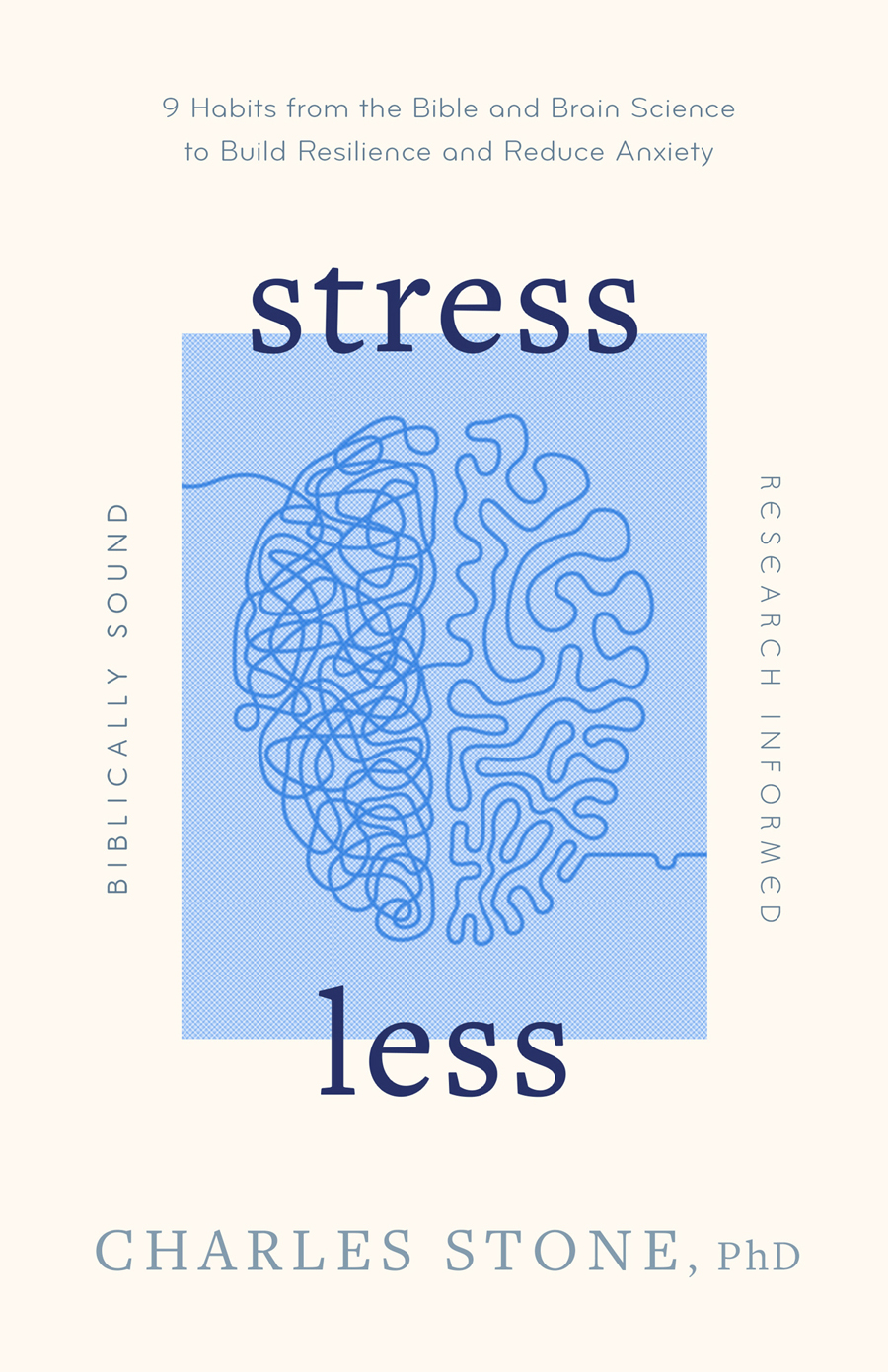Worry and anxiety can stifle the effectiveness of the best leader. In my life when anxiety gets the best of me, my leadership always suffers. So, what goes on in the mind of a leader when he or she worries and what can we do about it? Consider these suggestions.
When we feel anxious, a process in our brain starts because God created our brains to help us survive. When we feel threatened and anxious from a roar we hear outside our tent while camping or from a roar from a nasty email, it initiates a flight-fight response in our bodies.
One significant component of our flight-fight brain structure is called the amygdala, two almond shaped clusters of brain cells (neurons) that activate when we sense real or perceived threat. 2/3’s of the cells in the amygdala are wired to look for the negative. That’s why it’s so easy to get anxious, worried, or fearful. The amygdala is always looking for a problem.
Unfortunately, it’s not good at distinguishing between a valid and real threat.
Worry and fear show up in our bodies in several ways:
- Our heart rate and breathing increases.
- Our pupils dilate.
- Saliva production slows (that’s behind dry mouth when we feel anxious or fearful before we speak).
- Our muscles can tighten (many of us carry our tension in our shoulder muscles and neck).
- We can feel goosebumps (think of how you feel when you hear the ‘bump’ in the night).
- We get that ‘anxious’ feeling (norepinephrine, also known as adrenalin, is released in our bloodstream as a hormone and into our nervous system as a neurotransmitter).
- Memory, decision making, motivation, and attention get diminished (our fear center hogs our limited mental resources).
So what can we do to minimize the effects of anxiety and fear upon leadership.
- Awareness: If we constantly live with low level anxiety, our fight-flight centers are more sensitive so it takes less to push us into serious worry, anxiety, and fear. The term, metacognition, means to be aware of awareness or aware of what you are thinking about. Instead of mindlessly rushing through life, often stop during the day to ask yourself these questions to become more aware of your inner world and the chatter in your mind (metacognition).
- What am I thinking about right now?
- What are my feelings right now?
- Are these thoughts and feelings based upon reality?
- Labeling: We’ve often been told that to make painful emotions go away, ignore or suppress them. Actually, studies show that doing so does the opposite. Ignoring or stuffing them actually makes them stronger. Instead, take the power out of your painful emotions by recognizing them and naming them. Scientists have discovered that when we label them (i.e., I am feeling anxious), we actually calm our fight-flight centers.
- Distancing: Another very helpful way to calm anxiety and fear is to take the proverbial ‘fly on the wall’ perspective as an observer. When you experience these emotions, imagine stepping back as a third person observer and observing yourself and the situation at a distance. Distancing has proved to be one of the most effective ways to calm our fight-flight centers.
I love how Martin Laird, a college professor and writer, uses the metaphor of a mountain’s response to weather to picture how we should respond to unpleasant emotions. He bases his thoughts on Psalms 125.1. Those who trust in the LORD are like Mount Zion, which cannot be shaken but endures forever.
Mt Zion symbolizes God’s power, blessing, and protection. So, when we trust in the Lord and redirect our thinking and our attention, we are like a mountain and how it responds to weather.
A mountain has weather around it all the time. The mountain does not become the weather. It simple observes it. In Christ we are like that mountain with all kinds of external and internal weather around us. Now we may prefer certain kinds of weather, but we are not the weather.
Your anxious thoughts and emotions are not you.
They are simply the weather.
The marvelous world of thoughts, sensation, emotions, and inspiration, the spectacular world of creation around us, are all patterns of stunning weather on the holy mountain of God. But we are not the weather. We are the mountain. Weather is happening—delightful sunshine, dull sky, or destructive storm—this is undeniable. But if we think we are the weather happening on Mount Zion (and most of us do precisely this with our attention riveted to the video [of our internal world, my addition]), then the fundamental truth of our union with God remains obscured … When the mind is brought to stillness (what Paul calls thinking on these things) we see that we are the mountain and not the changing patterns of weather appearing on the mountain. [Laird, Martin (2006-06-07). Into the Silent Land: A Guide to the Christian Practice of Contemplation (Kindle Locations 287-293). Oxford University Press. Kindle Edition]
So, paying attention to our thoughts and emotions is essential for good leadership. If we don’t pay attention to our inner world, we become captive to it and blinded to its potential negative effects upon our souls and upon our leadership.
What has helped you deal with worry and anxiety?
Related posts:



Charles
A Very helpful post. Most pastors aren’t very self aware, and so don’t know how to identify their emotions. Learning that skill is important in our lives to be faithful disciples.
Excellent! Thank you for these posts. Now to put them into practice…or at least try.
Pingback: When You Feel Like You're in the Belly of a Big Fish - OutreachMagazine.com